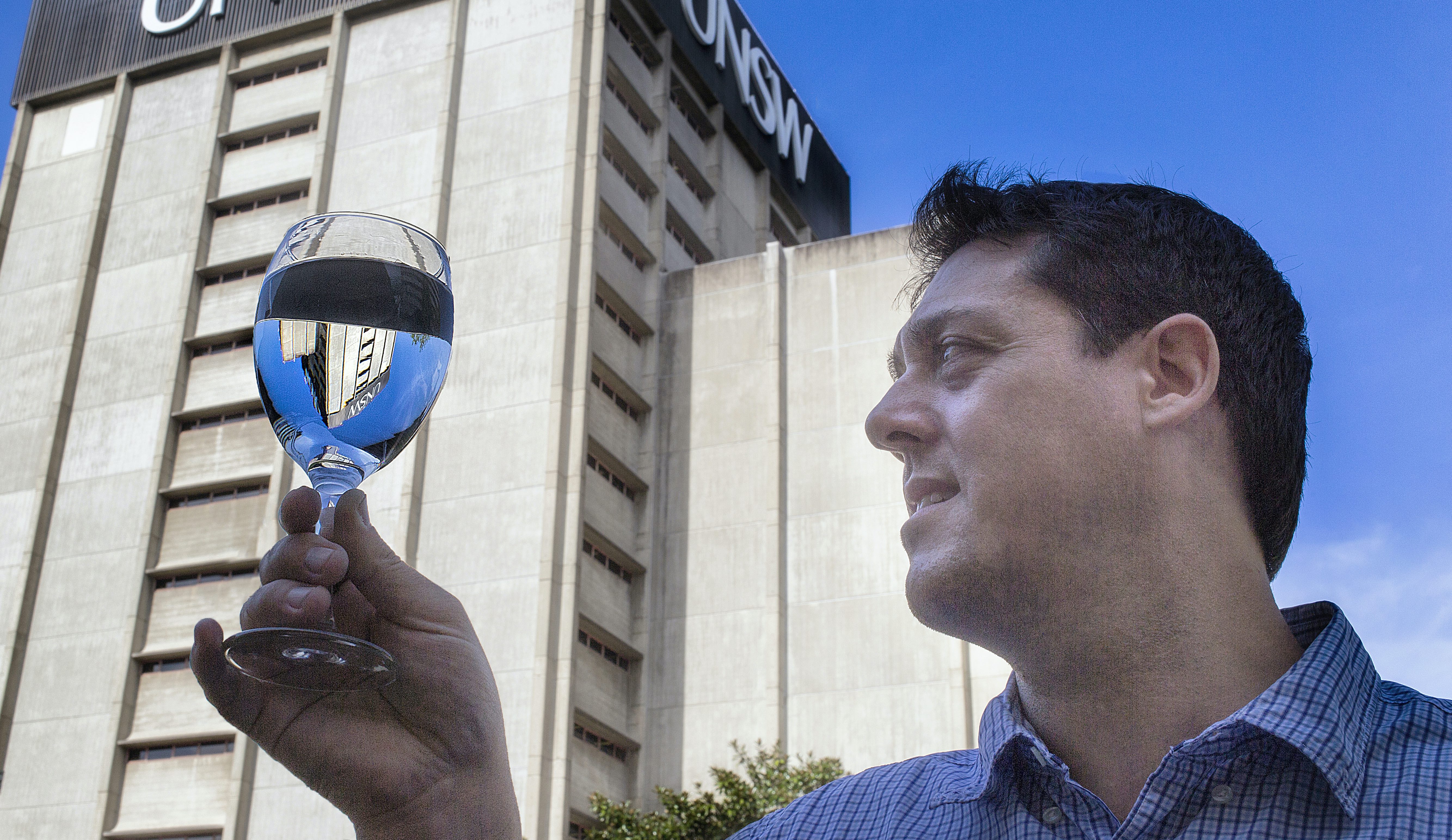Now is the perfect time to plan for drought
Greater Sydney Water Strategy (GSWS) document proposes a range of new plans for building water resilience in NSW.
Greater Sydney Water Strategy (GSWS) document proposes a range of new plans for building water resilience in NSW.

Between July 2017 and February 2020, NSW experienced one of our worst droughts on record with water storages depleting more rapidly than had been forecast. Every river west of the Great Dividing Range in northern NSW ran dry in the summer of 2019/2020. Many regional producers were unable to grow a crop in three years, resulting in widespread income and job losses. Parched urban parks and gardens became like sand. Bushfires raged and ravaged. Tensions increased between varying sectors of the community over water usage and supply.
While the restorative rains of early 2020 revived the land and refilled our dams, the respite from drought can never be permanent. Drought and floods form part of this country’s ancient ecology, and a changing climate will only bring more extreme weather events.
With Sydney’s population forecast to grow by more than one million people by 2036, we will need extra efforts and smarter solutions to manage the gap between increasing water demand and increasingly uncertain supply.
"Now with the dams full," says CVEN Professor and member of the Independent Metropolitan Water Advisory Panel, Stuart Khan, "is the perfect time to plan for the return of drought."
The draft Greater Sydney Water Strategy (GSWS), recently released by the Department of Planning, Industry and Environment, working with Sydney Water and WaterNSW, identifies actions to enhance Greater Sydney’s resilience to future droughts as our population grows and the climate continues to change.
The draft strategy examines a wide range of potential solutions, including:
It is the fourth option of new rainfall-independent supply options which has attracted most media attention, and is a drought resilience solution long advocated by Professor Khan.
As Khan stated at the UNSW Water Research Centre’s Drought Resilience Forum in Feb 2020, "We need to stop thinking about wastewater as a waste disposal problem, and start thinking about it as an opportunity."
As the Water Research Australia Report of 2019 stated, "Purified recycled water presents a huge opportunity to increase water supplies while avoiding major augmentations to water or wastewater conveyance, treatment, or disposal infrastructure; avoiding costs associated with marine disposal, or the costs of developing alternative new supplies, such as new dams." (WRA, 2019, p.28).
The key message that is currently missing, Khan says, is that it is water treatment, and not the water source that protects public health. In fact, as the Water Services Association of Australia (WSAA) noted, many recycled water schemes produce cleaner water than standard drinking water schemes. (WSAA, 2019, p.4)
Purified recycled water for drinking has become an important water supply management strategy for a growing number of towns and cities around the world, including in Australia.
The GSWS report noted Sydney was far more reliant on rainfall than other major Australian cities. The Harbour City can meet only about 23 per cent of daily water demand if its desalination and existing recycling plants are operating at full tilt, compared with 34 per cent in Melbourne and about half in Perth and Adelaide.
With increasing pressure on Greater Sydney’s water systems, all options need to be on the table for discussion. "We are already living beyond our sustainable water means, "says Khan, "but we have time to change and improve our water consumption ways now, while the dams are full."
The DPIE draft strategy calls for increasing Greater Sydney’s rainfall-independent supply, noting that "various combinations of desalination and recycling options, including purified recycling options, can provide up to 140 GL/year over the next twenty years."
This increase in the supply of water would more than meet the gap between our water needs and our supply.
"Increasing our rainfall-independent supply means we can enter periods of drought with higher storage levels in our dams, slow down storage depletion rates in times of drought and improve our response to shocks in the system, such as when bushfires or floods pose water treatment challenges," it said.
Specifically, the strategy proposes investing in a demonstration plant for purified recycled water and, that through engaging with customers, "we can highlight the safety of demonstrated and proven technology and the range of beneficial uses for using purified recycled water, including for supporting greening and cooling across our city, enhancing the health of our rivers and potentially supplementing our water supply."
"As a community, Sydneysiders have not had an informed discussion about purified recycled water and I think it’s the right time to begin that discussion," Professor Khan said.
Sources:
For a copy of the GSWS report and to provide feedback (before 8 November)
A podcast of a radio interview featuring Stuart Khan
The White Paper “Building Water Resilience in NSW” published by the UNSW Water Research Centre
See more information provided by Water Services Association of Australia